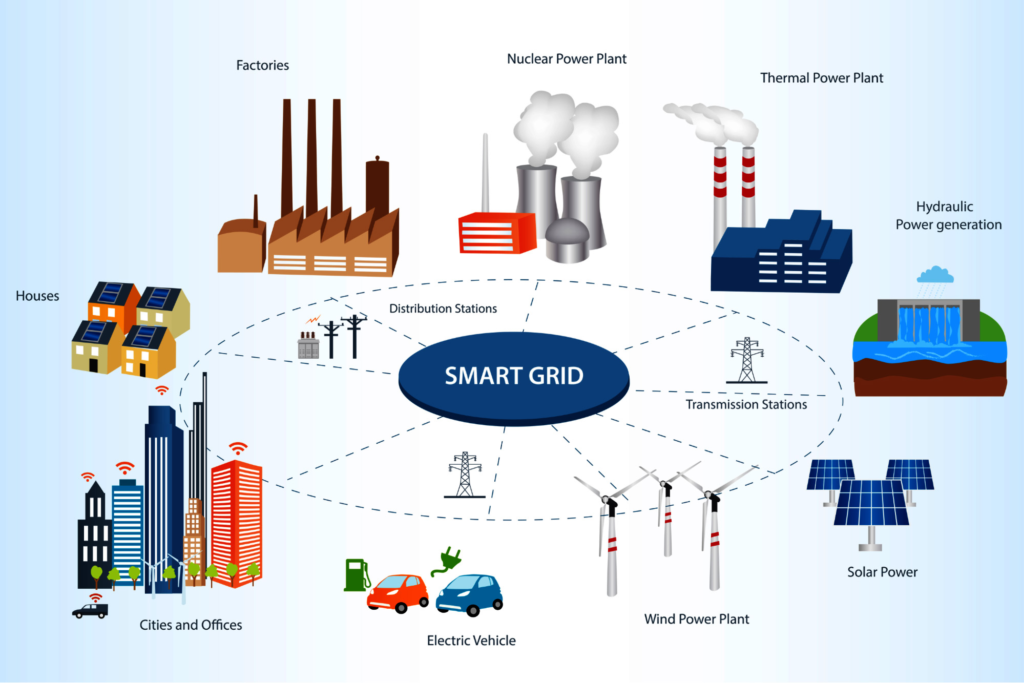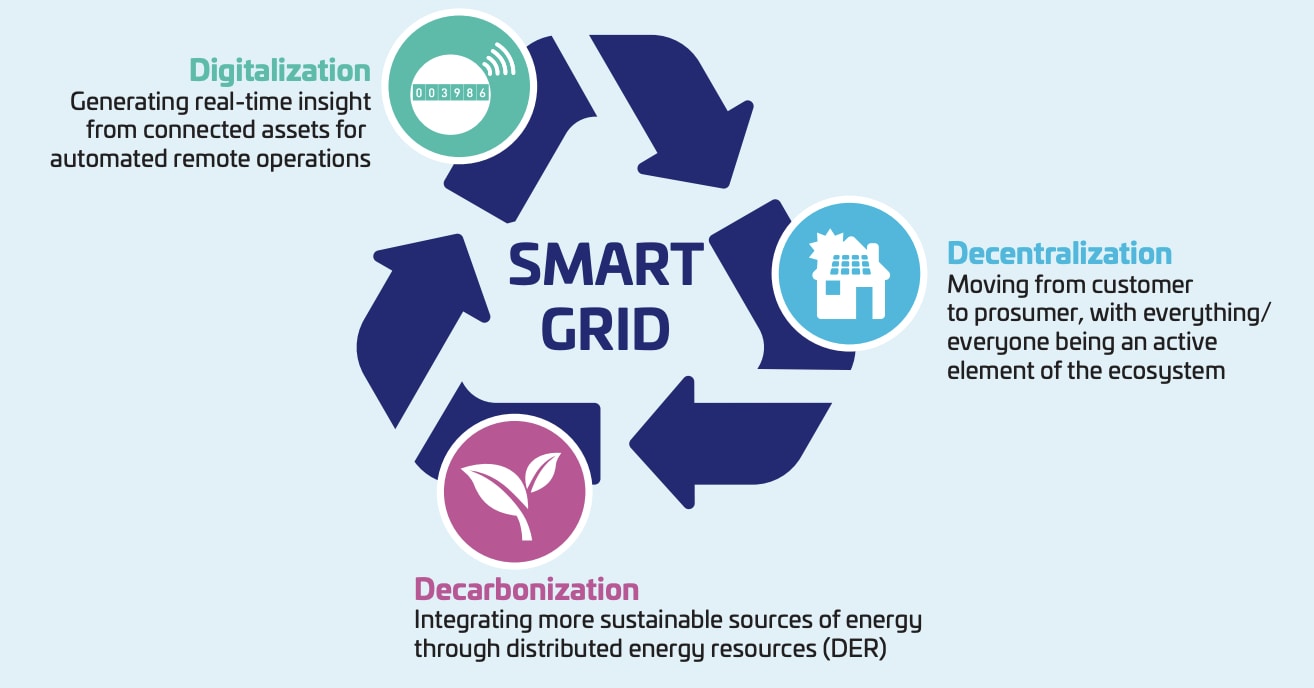Oman is undergoing a major transformation in its energy landscape, and smart grid technologies are driving this change. These modern systems are not only improving efficiency but also making power distribution more reliable and sustainable. With their adoption, Oman is preparing for a future where electricity is cleaner, smarter, and more customer-friendly.
Advanced Metering Infrastructure
One of the key technologies being implemented is Advanced Metering Infrastructure. Through smart meters, utilities collect real-time data about electricity usage. This data allows customers to manage consumption better and encourages them to save energy. For Oman, it means improved visibility into demand patterns, accurate billing, and fewer losses in the system. Customers benefit from transparent billing and control over their energy usage, while utilities improve operations.
Integration of Renewable Energy
Smart grids support the integration of renewable energy sources like solar and wind. These systems manage how clean energy is fed into the grid, ensuring stability and reliability. Oman, with its abundant sunlight, is well-positioned to expand solar power generation. Smart technologies balance supply and demand effectively, reducing dependence on fossil fuels and moving closer to a greener future.
Resilient Power with Automation
A standout feature of smart grids is their ability to self-heal. Automated sensors detect faults quickly and reroute electricity to minimise outages. This capability is especially important in Oman, where power networks span across urban centers and remote areas. Faster recovery means less disruption for homes and businesses, creating a more dependable power supply.

Demand Response and Load Management
Smart grid programs also encourage consumers to shift energy use away from peak times. This demand response reduces pressure on the grid during high demand periods. In return, customers may receive financial incentives or lower bills. This approach benefits both the grid and its users, making the power system more efficient and sustainable.
Predictive Maintenance for Grid Equipment
With sensors and data analytics, smart grids can predict when equipment needs maintenance. This proactive approach avoids sudden breakdowns and extends the life of infrastructure. In Oman, predictive maintenance ensures that power delivery remains consistent and reliable while reducing emergency repair costs.
Smart Energy Communities
Smart grids also enable the creation of microgrids and energy communities. These localised systems can operate independently or with the main grid. For Oman, microgrids in residential or commercial areas could boost energy independence and resilience. They allow communities to generate, store, and use their own power efficiently.
Real-Time Analytics and Forecasting
Smart grids come with powerful analytics tools that give operators real-time insights into the power network. These tools help predict demand, detect issues early, and plan maintenance schedules. For Oman, this results in better decision-making, optimised energy usage, and stable electricity supply at all times.
Strong Cybersecurity Measures
As the grid becomes smarter, it also becomes a target for cyber threats. Oman is focusing on strong cybersecurity protocols to safeguard its power infrastructure. Advanced control centers with secure systems ensure that operations remain safe while allowing quick responses to any challenges.
Engaging Consumers with Digital Tools
Smart grids put customers at the center of the energy system. Through mobile apps and online portals, users can track their consumption, receive tips, and join incentive programs. This involvement helps people make informed choices about their energy use while building a culture of efficiency and responsibility.
Driving Sustainability and Economic Growth
Smart grid technology supports Oman’s national vision by cutting energy waste, lowering emissions, and reducing fuel dependence. These advancements create economic benefits, promote sustainability, and align with Oman’s goal of innovation-driven growth. By combining technology with environmental responsibility, the power sector contributes to a brighter future.

Role of Pilot Projects and Partnerships
To successfully implement smart grids, Oman is launching pilot projects where new systems can be tested. Partnerships between government, private companies, and technology providers speed up this process. Collaboration brings international expertise and funding, helping the country scale up innovation faster.
Challenges to Overcome
Despite the progress, challenges remain. Integrating new technologies with old systems, creating standard regulations, and developing skilled workers are essential steps. Oman must invest in training programs and adopt clear policies to make smart grid adoption smooth and effective.
Looking Ahead to a Smarter Future
Smart grids are setting the stage for a new era in Oman’s power sector. They promise cleaner energy, fewer outages, better customer service, and a stronger economy. With continued investment, training, and innovation, Oman is on track to build an energy system that is both modern and sustainable.
Oman’s journey with smart grid technology is not just about improving infrastructure. It is about empowering communities, protecting the environment, and ensuring a stable energy supply for generations to come. The future of energy in Oman is bright, smart, and full of promise.
Do follow Gulf Magazine on Instagram.
Also Read – The Role of Big Data in Advancing Oman’s Healthcare Services



